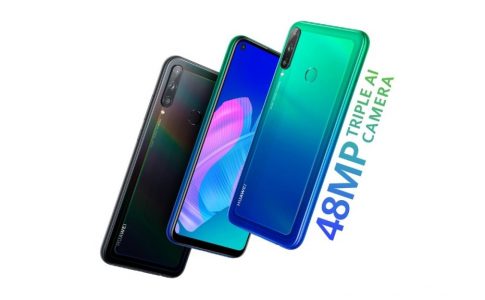Following its tradition, Huawei has once again launched their newest Kirin update at the IFA this year. The new chip from Huawei now comes under the name Kirin 990 series which sports 7nm EUV process and supports 5G networking. It is also confirmed to be first available on Mate 30 series!

The Kirin 990 launch also marks 5 records of the world:
- The world’s first 5G chip built with 7nm+ EUV technology
- The world’s first 5G chip compatible with NSA and SA architecture
- The world’s first 16-core Mali-G76 GPU
- The world’s first chip using the Big-Tiny core architecture NPU
- The world’s first mobile phone chip with BM3D SLR level noise reduction technology
- The world’s first mobile phone chip with Dual-domain video noise reduction ISP



Architecturally, the Kirin 990 5G is built on a 7nm+ EUV process, featuring two Cortex-A76 cores, two Cortex-A76 cores and four Cortex-A55 cores in an eight-core configuration. With a new The design, the footprint is about 36% lower than the Exynos 9825 chip along with Balong 5100 Modem!


The Kirin 990 5G also integrates 5G network support and supports 5G networks with NSA and SA architectures. The download speed can reach 2.3Gbps and the upload speed can reach 1.25Gbps. At the same time, the Kirin 990 also reduces power consumption by 44% in light traffic loading, and consumes less power under the same light traffic loading. On the GPU side, the Kirin 990 is equipped with the world’s first 16-core Mali-G76 GPU image processing unit.


In terms of AI computing power, the Kirin 990 5G is equipped with the NPU neural processing unit of Huawei’s self-developed DaVinci architecture, and adopts the new “Big-Tiny Core” size core architecture, which can be adopted for the size of the processing items. Different sizes of cores are processed to avoid the situation of “big core use” and provide better AI power for Kirin 990 5G.


Thanks to the powerful AI computing power, the Kirin 990 5G can support real-time video mapping technology, which can map the characters in the video in real time, and delete, enlarge, and blur the background at will.






In addition, Huawei also released another chip for wearable devices: Kirin A1, which is 5% smaller than Apple’s H1 chip, which means it is easier to be placed in wearable devices such as wireless headphones. At the same time, Kirin A1 also supports Bluetooth synchronous dual channel connection, which can make headphones achieve more stable and reduces power consumption.


In addition, the Kirin A1 chip also adopts the BT-UHD Bluetooth transmission standard, which can achieve a transmission power of up to 6.5 Mbps, which is the fastest Bluetooth transmission speed in the world. Also because of this BT-UHD standard, the Kirin A1 can support more high-definition lossless music than the LDAC format, with a bit rate of 2.3Mbps!

With the Mate 30 series coming out soon, we can expect the Kirin 990 will be first available over there! Stay tuned!




